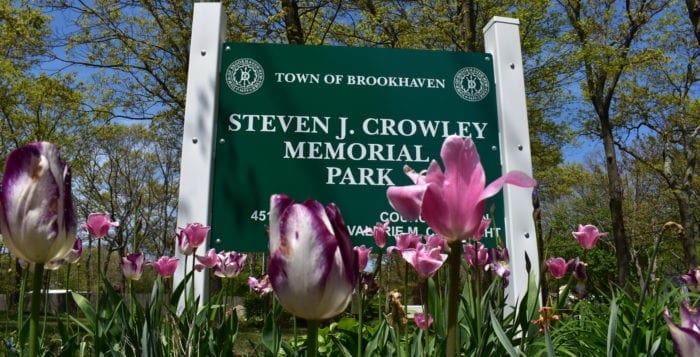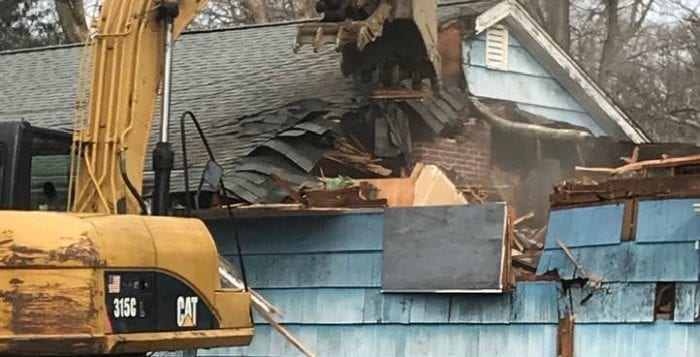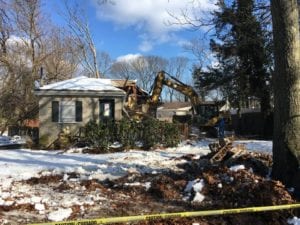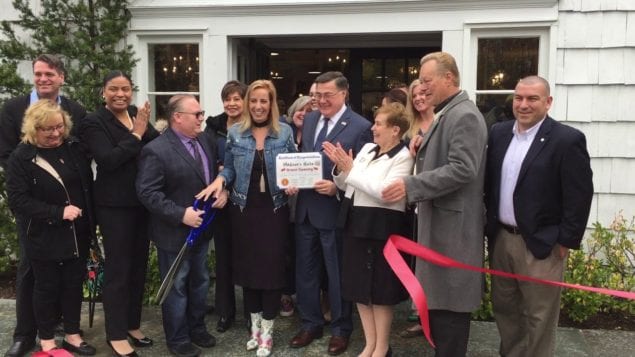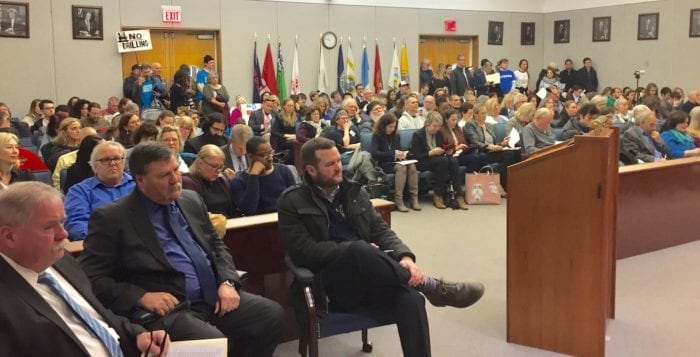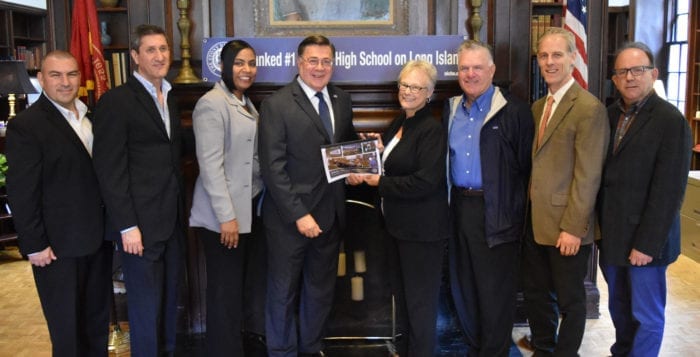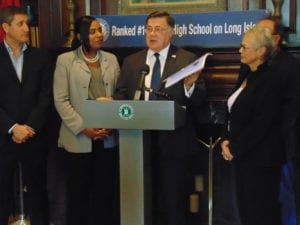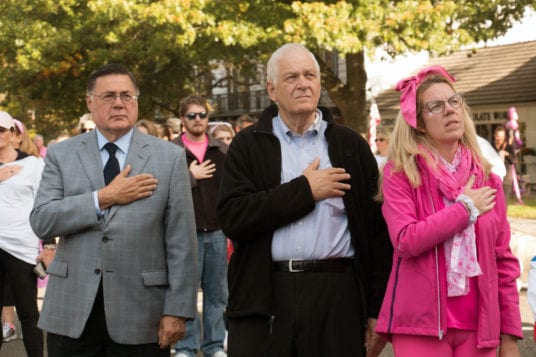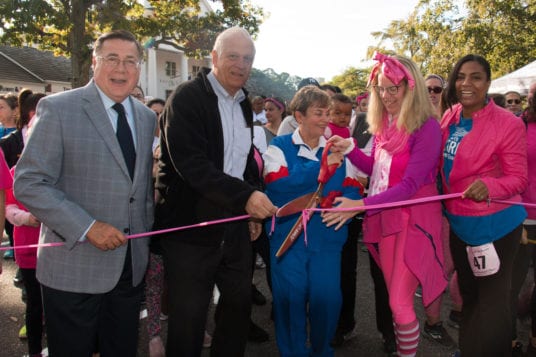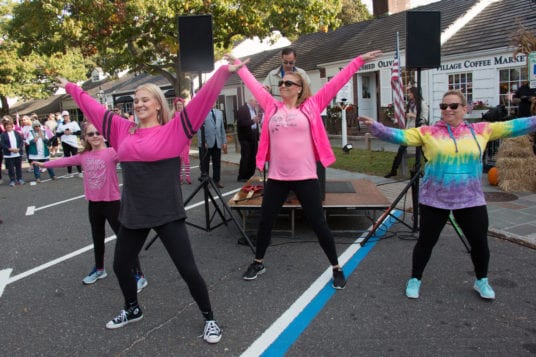Residents filled the community room in the Emma S. Clark Memorial Library June 3 as the Three Village Civic Association hosted a conversation with Brookhaven Town Supervisor Ed Romaine (R) on all things townwide. Residents and Romaine were given the opportunity to discuss the latest issues impacting the Three Village area and beyond.
Here are some important topics Romaine brought up during the conversation.
Route 25A corridor study
The town is conducting a two-phase study, starting from the Smithtown line to Nicolls Road. The second phase of the project will focus on the rest of Route 25A to the Poquott line. The origins of the study date back to 2016.
“That, to me, is a very crucial thing as it sets the future of this town — I would like to see more urgency in it,” he said. “I feel like it has lagged.”
The Brookhaven supervisor said he believes one of the reasons for the holdup is that the county is currently doing a retail study on the area.
“I haven’t seen the study but people who have seen it have told me that the study will conclude that this area is under-retailed,” he said. “I’m no expert but I believe we are over-retailed, I think we have enough and don’t need additional retail development.”
Romaine said the corridor study is very important and urged residents to be involved in the process. He also brought up zoning concerns.
“One thing I learned during my time as a supervisor is that zonings are forever,” he said. “Once you zone something, you can’t take it away.”
Romaine hopes that the corridor study will get done by the end of 2019 or the beginning of 2020.
Smithtown Gyrodyne development
Romaine expressed concern with the proposed development of the 62-acre Flowerfield property, owned by Gyrodyne LLC and adjoining Route 25A in St. James, which is in the Town of Smithtown.
“I am opposed to the development that would have any interconnection to any roads that would lead to Stony Brook Road,” he said. “We do not need any additional traffic on Stony Brook Road at all. If it connects to Stony Brook Road, it would be a disaster.”
“I don’t want to see it overdeveloped, Romaine added.
Similarly, on the topic of traffic on Stony Brook Road, he said that he proposed the need for a turning lane on Oxhead Road so university students can make a left turn onto Nicolls Road. Also, he has proposed to the county to develop a third lane from Route 347 to the Stony Brook campus to alleviate traffic jams.
Stony Brook University housing
Romaine said he still had a few issues with the university regarding student housing. One idea he proposed was the school could require all non-commuter students who are freshmen to be mandated to live on campus.
“We have a lot of students who are coming from other countries,” he said. “They may be having their first experiences in this country here.”
The other issue he touched on is rooming houses, which he said are illegal in the Town of Brookhaven.
“We have spent a lot of time in the past trying to crack down on these houses,” he said.
Romaine said these owners have sometimes put up to eight or 10 students in these houses.
“A lot of times we shut these houses down — it goes empty in the summertime and then back in the fall it gets filled up again,” he said. “I hope the next university president will have a stricter policy when it comes to rentals.”
Proposed passive park
Recently, the Town of Brookhaven approved a resolution to allow Suffolk County to begin the process of purchasing land parcels which includes an old derelict building on the southeast corner of Gnarled Hollow Road on Route 25A. The resolution also authorizes the town to demolish the buildings on the property and maintain and manage the parcel as an open-space passive park.
Recycling
Residents were wondering what the town is doing to tackle the issue of recycling.
“The recycling market collapsed last year when China stopped accepting 95 percent of recycled products,” Romaine said.
The supervisor said they have looked at a few options, but nobody wanted what they had. The town had to reevaluate its recycling program and see what still had value.
“We went back to dual stream and ended glass pickup because there really hasn’t ever been a true market for glass,” he said.
Romaine mentioned the town had found a potential suitor in New Jersey that would take some of the collected glass and use it as an industrial abrasive.
The Brookhaven supervisor said he would be open to discussing the recycling topic in more detail at a future meeting.


